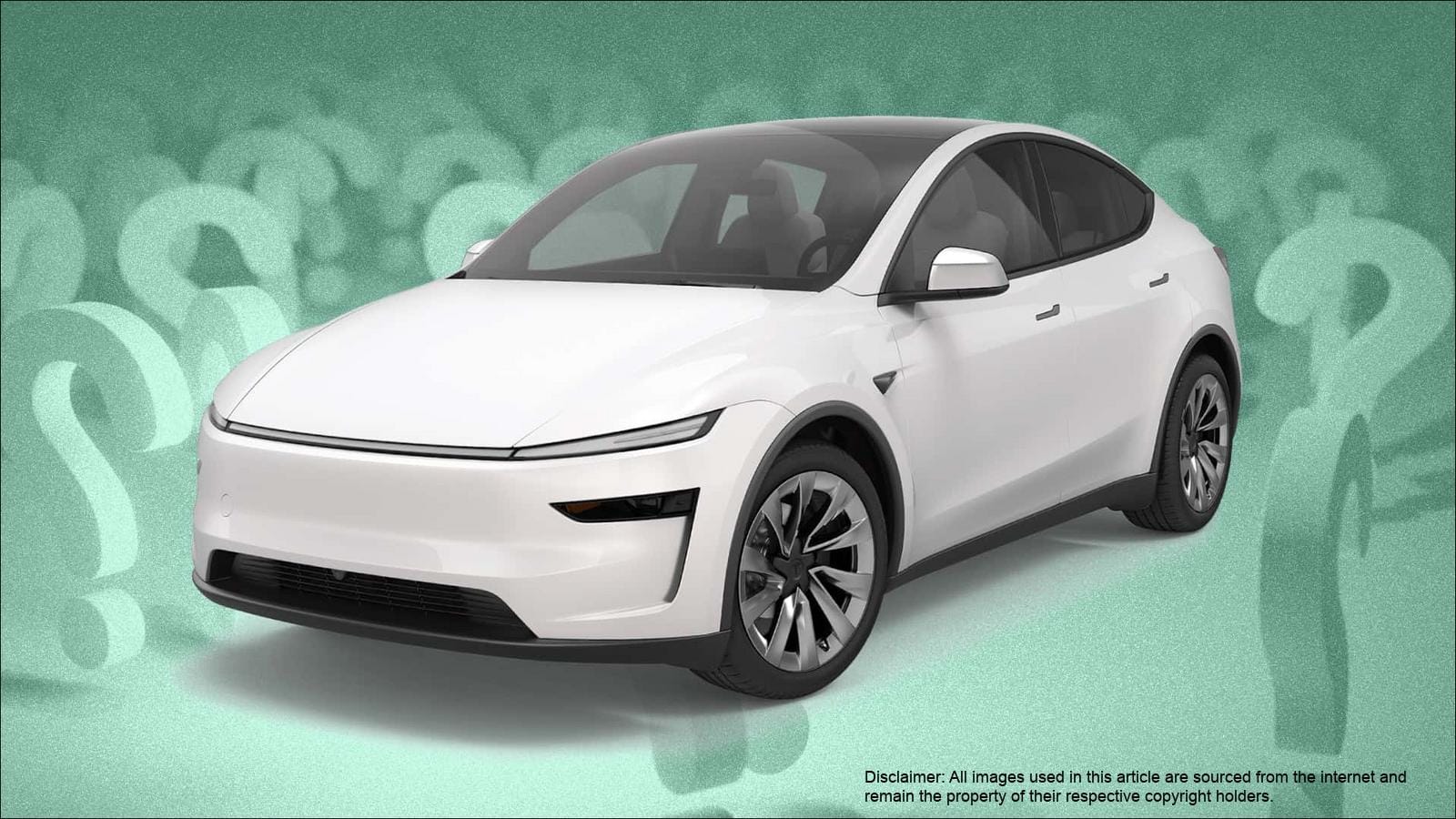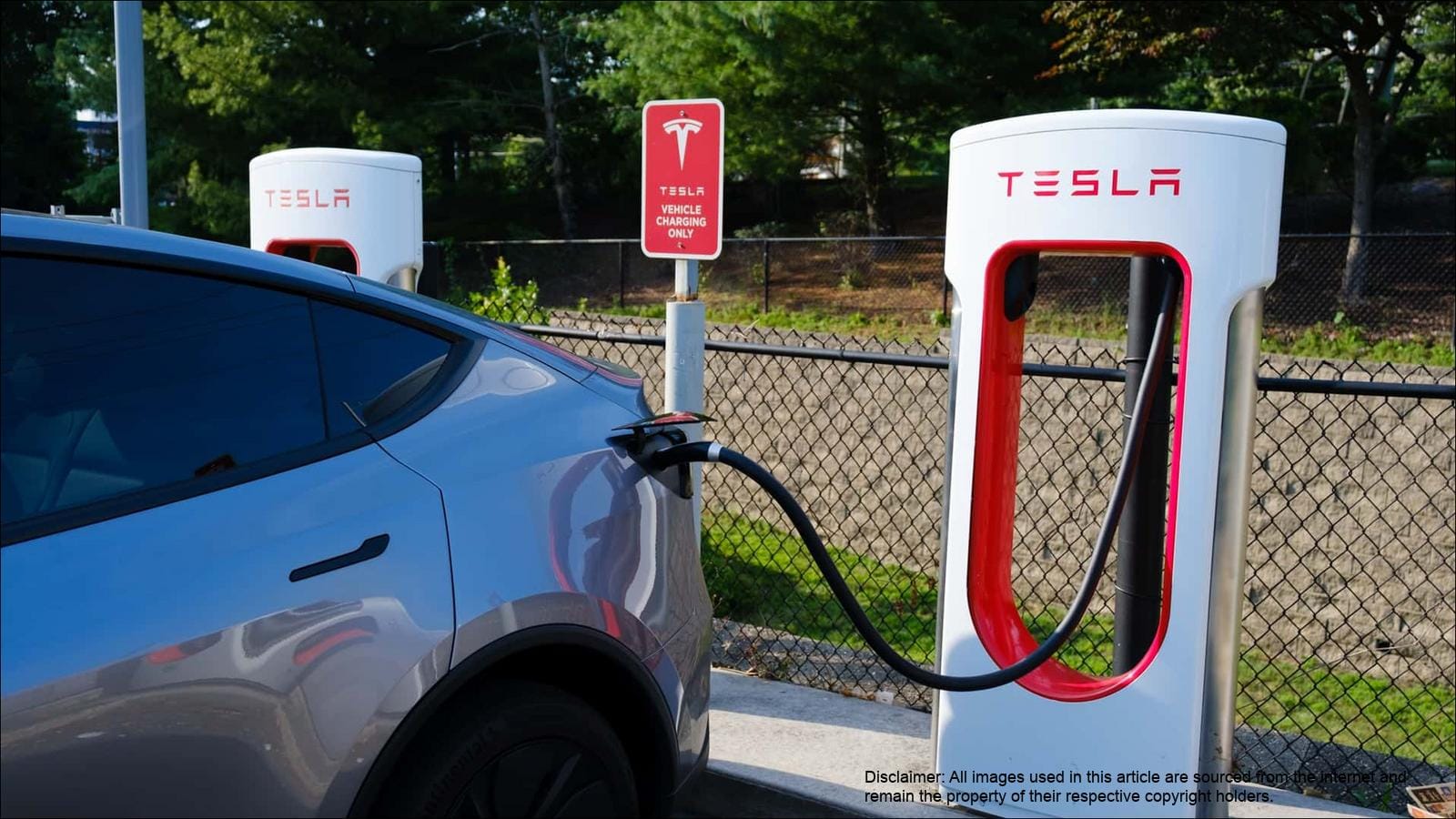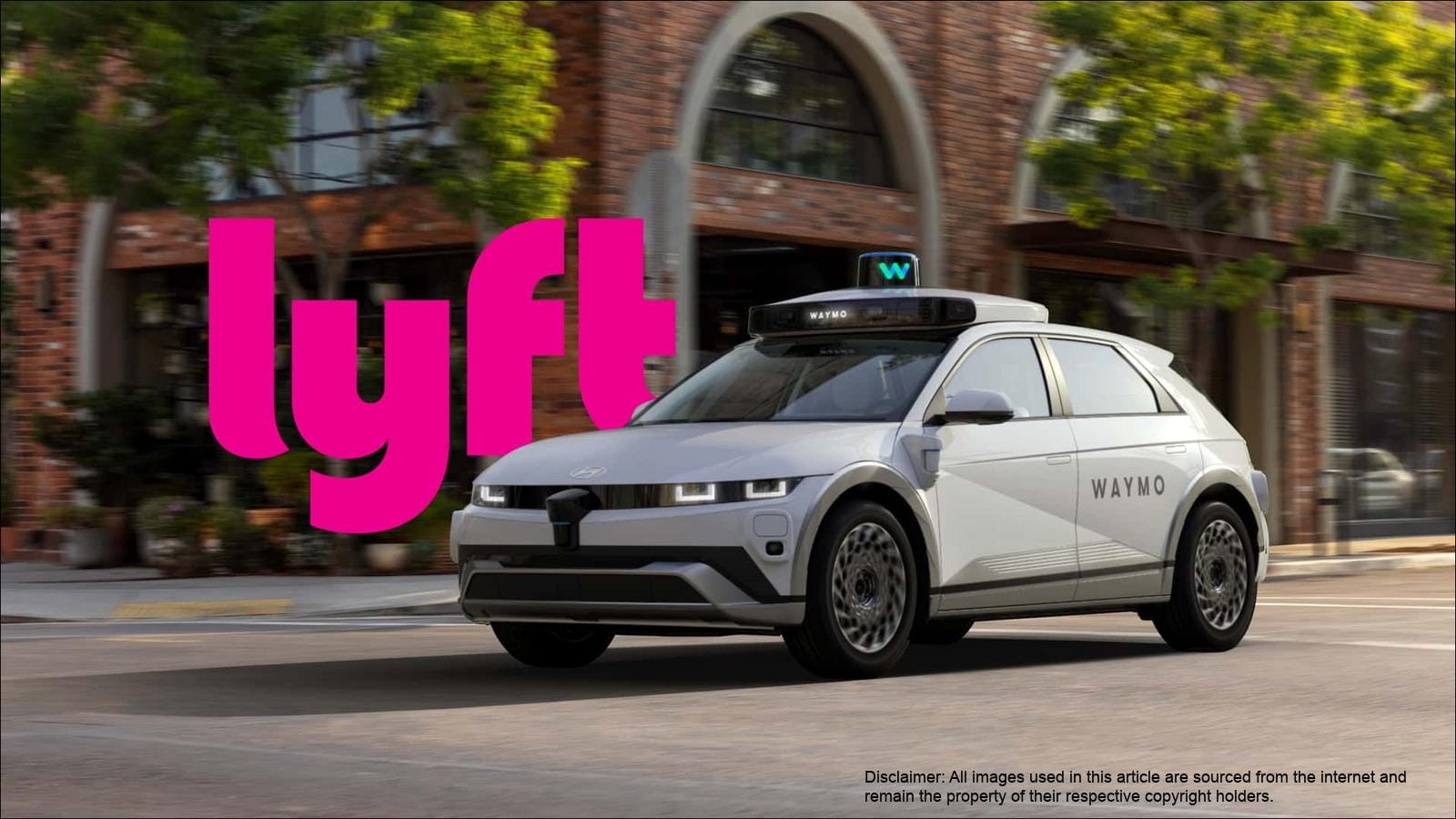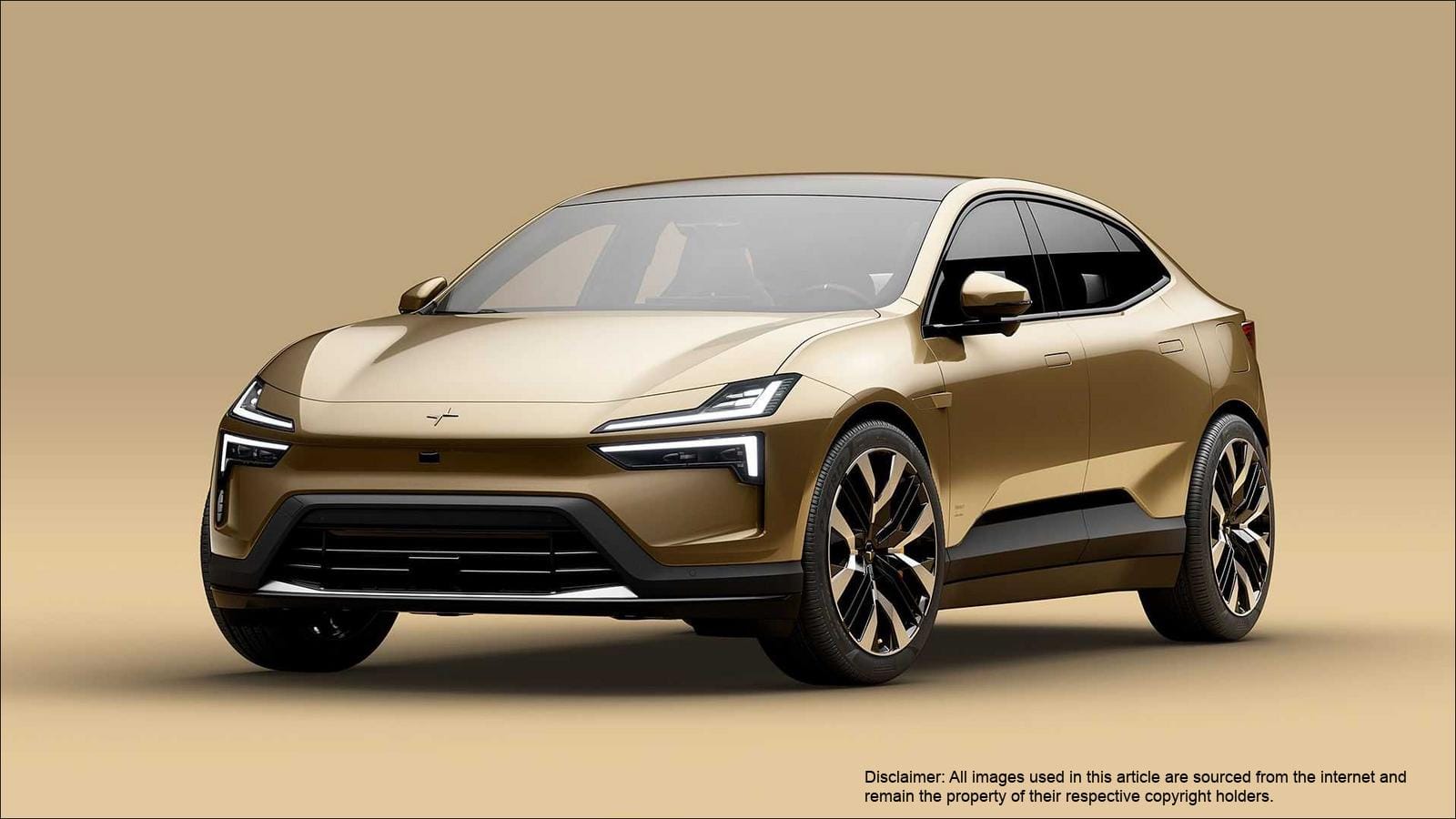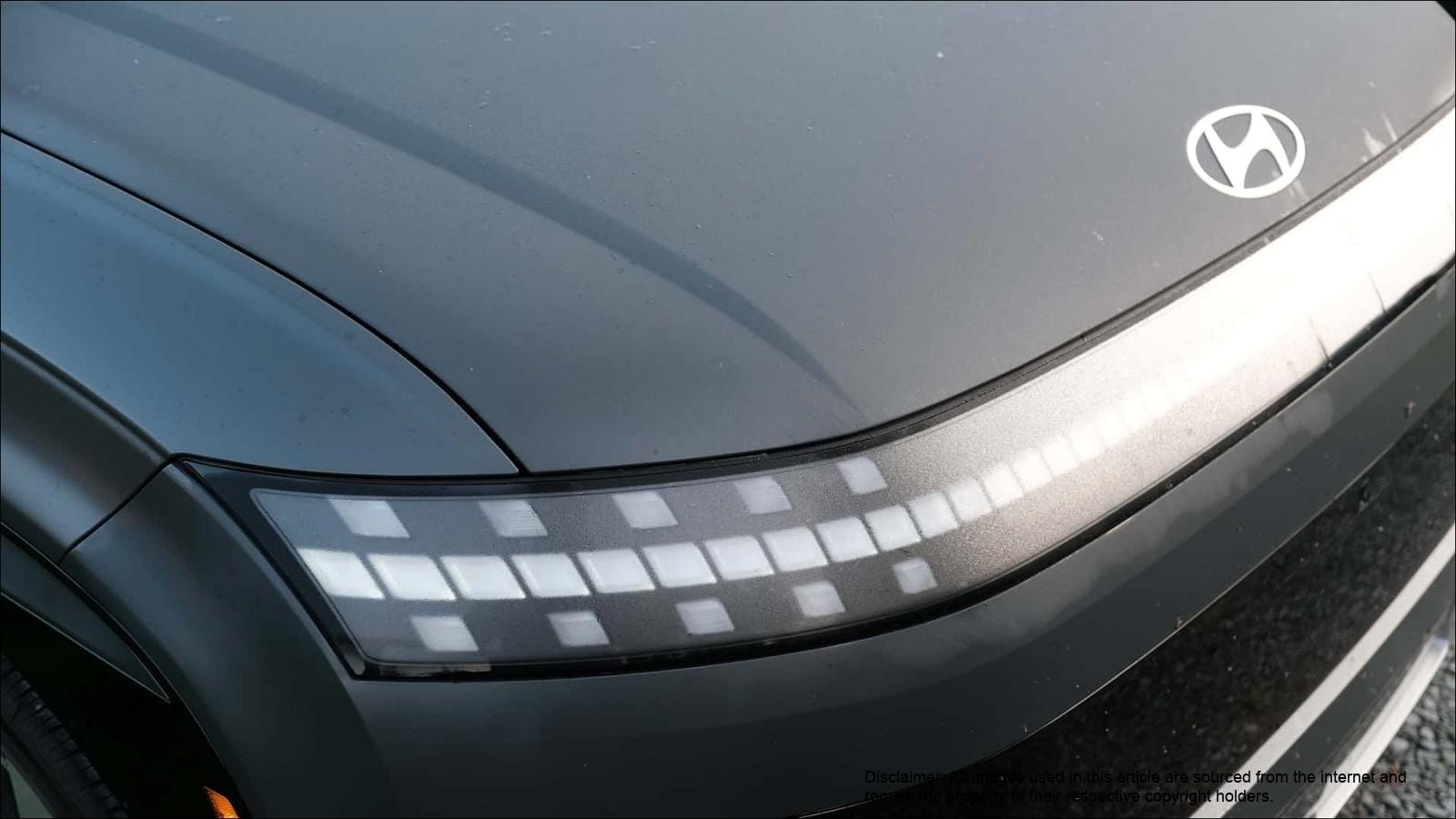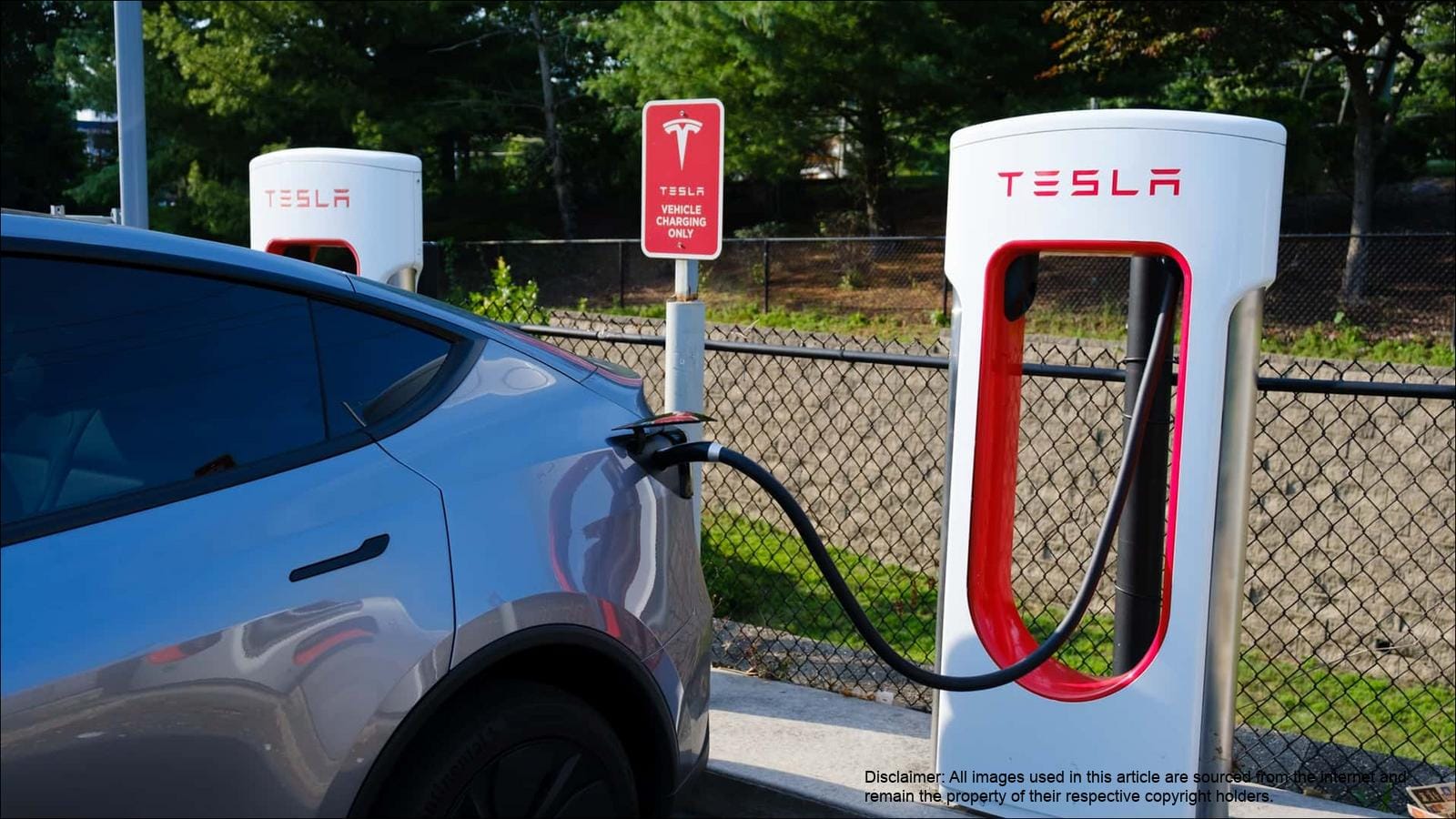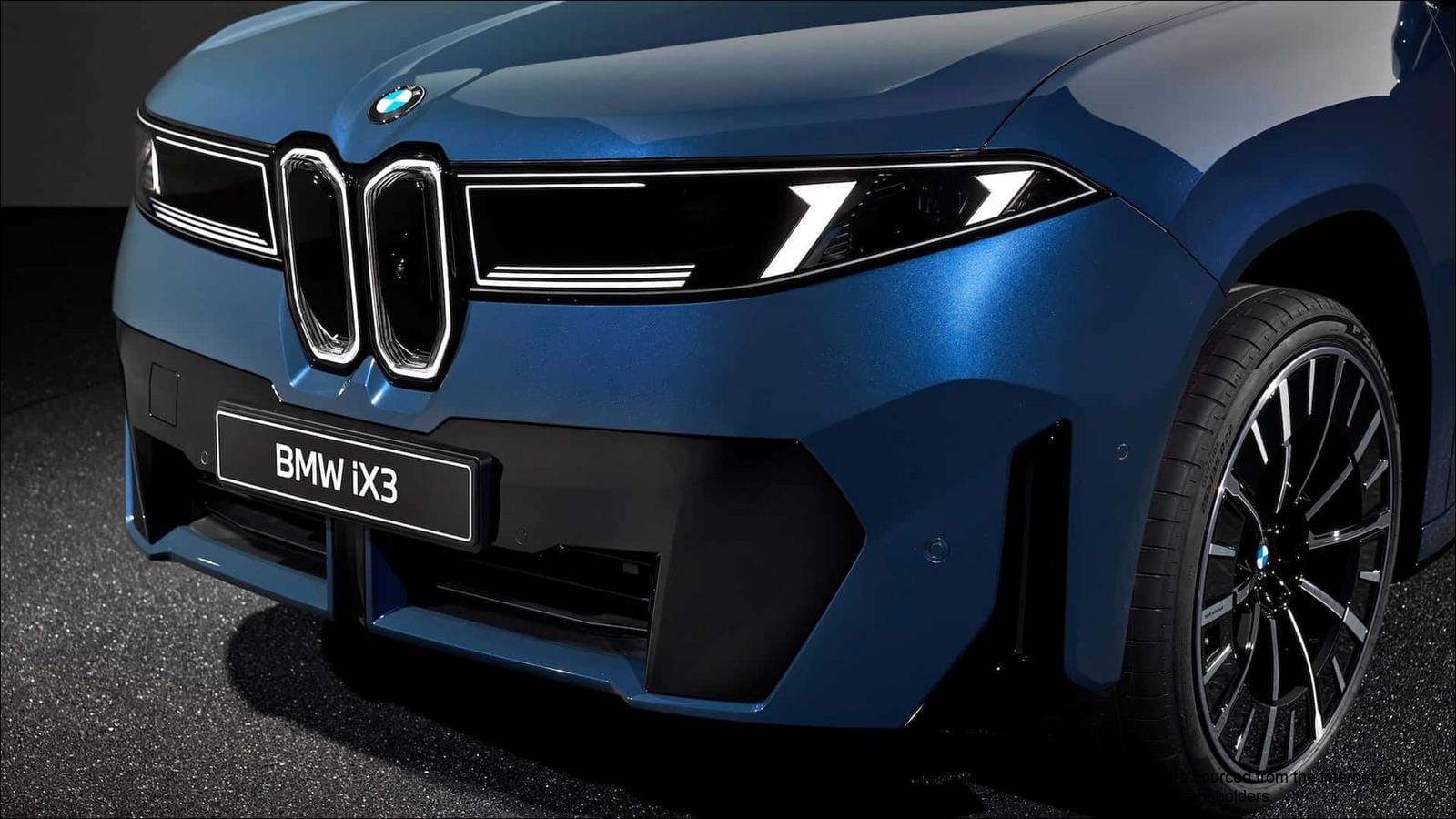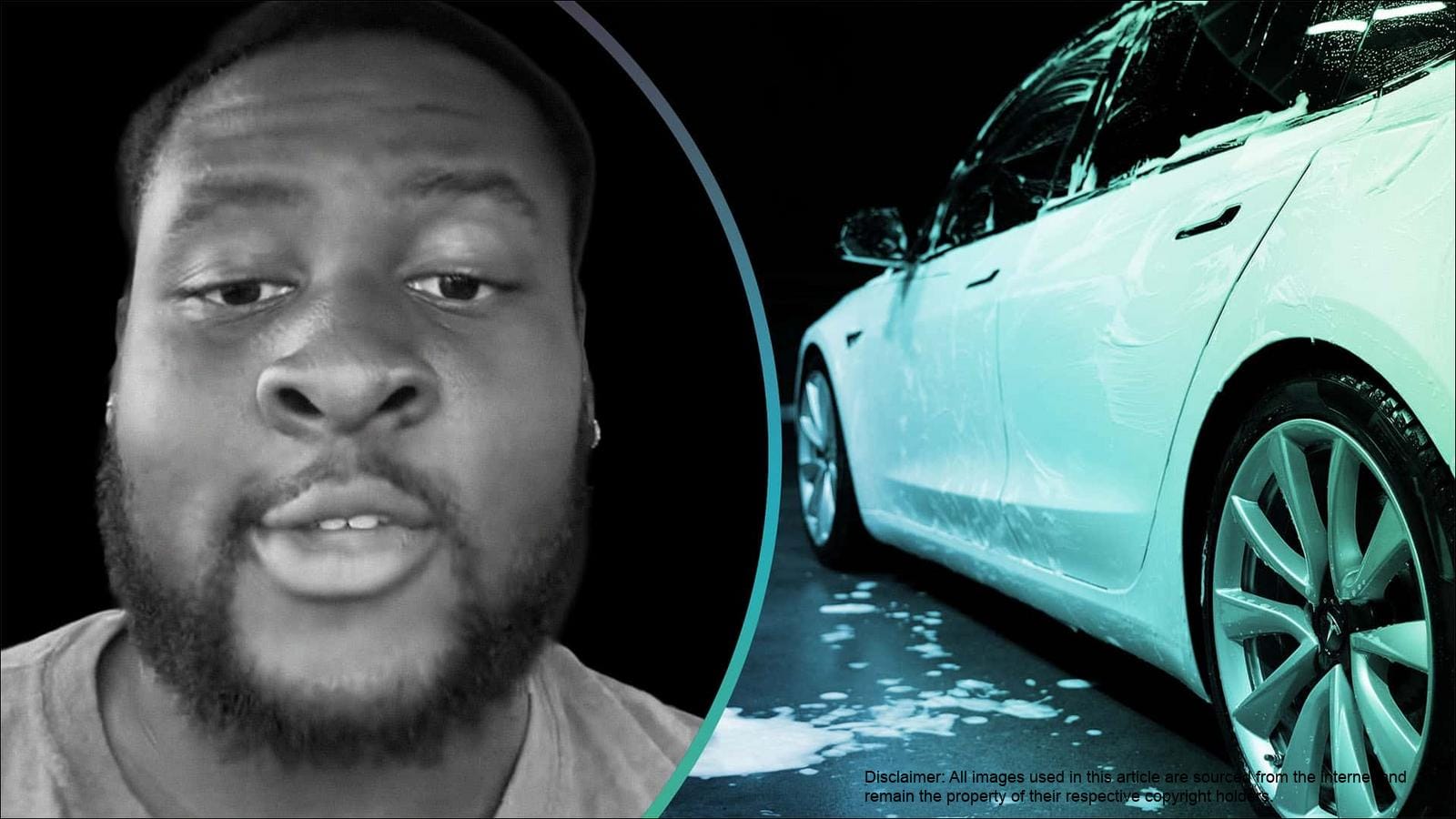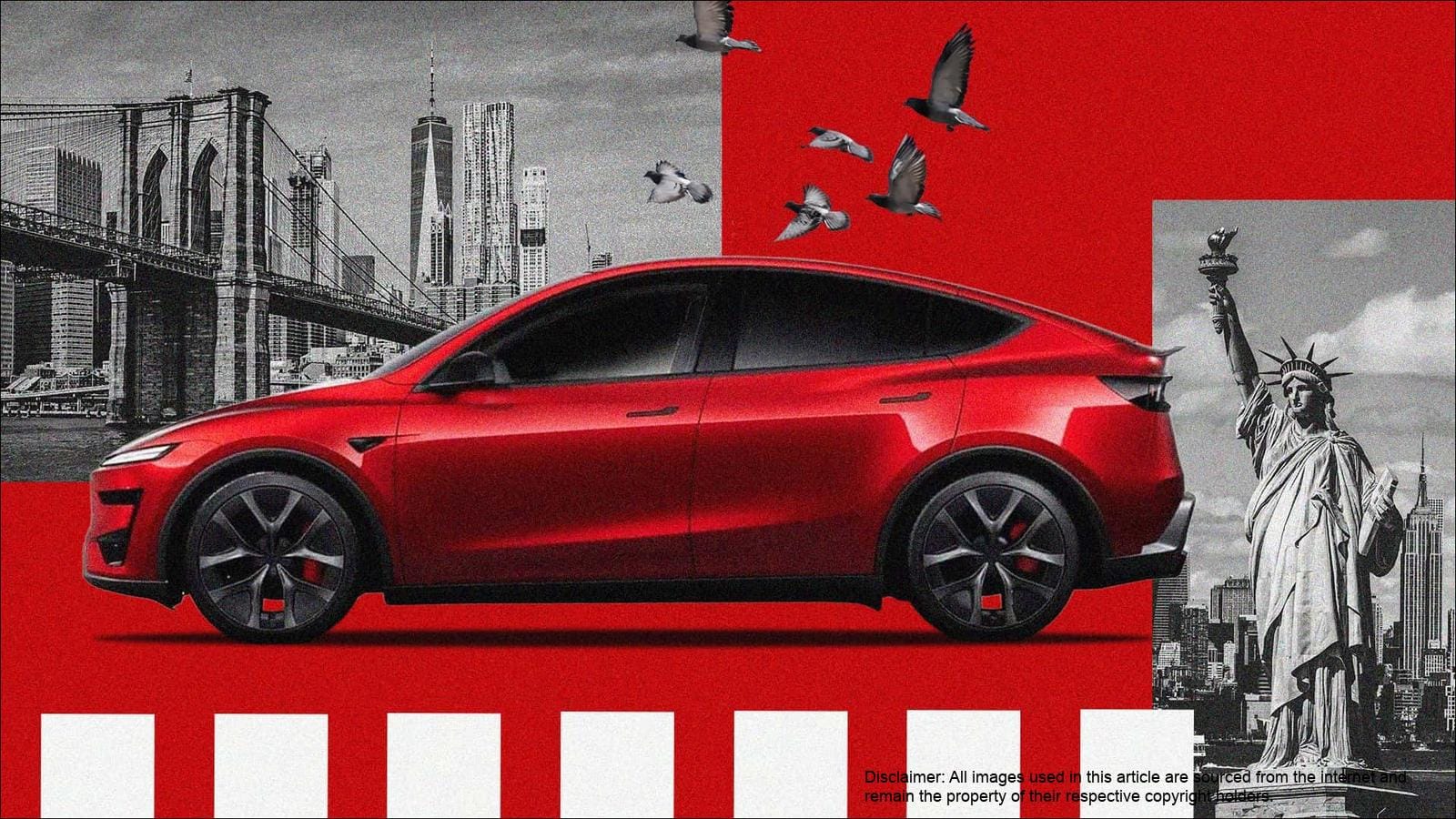Teleoperation and the Question of Safety
Tesla’s strategy includes hiring teleoperation engineers to remotely control the robotaxis. While remote operation isn’t unique—Waymo also uses remote operators as backups—the extent and nature of Tesla’s teleoperation remain unclear. Key questions persist:
- Will remote drivers continuously control the vehicles, or only intervene in challenging situations?
- What are the implications of communication lags, and how will Tesla ensure system redundancies in case of network failures?
- Where will these remote operators be stationed, and what legal ramifications arise if an accident occurs in Texas but the operator is located in California?
Experts like Missy Cummings emphasize the critical need for extremely low communication latency (under 10 milliseconds) for safe teleoperation, a standard that current technology struggles to meet. Cummings warns that relying on teleoperation could lead to fatal accidents, potentially involving pedestrians or cyclists.
The level of autonomy also remains undefined. It’s unclear whether the robotaxis will meet Level 2, 3, or 4 standards as defined by the Society of Automotive Engineers (SAE). If remote drivers are consistently in control, the system would effectively operate at Level 2, akin to existing ADAS systems like Ford’s BlueCruise or GM’s Super Cruise. True Level 4 autonomy, as pursued by Waymo, requires no human intervention.
Even with geofencing, which restricts the robotaxis to pre-mapped areas, the question of safety remains paramount. The limited initial deployment of vehicles means gathering statistically significant safety data will take considerable time. Furthermore, the lack of transparency regarding the safety record of the current FSD system raises concerns about relying solely on exposure to fewer hazards as a measure of safety.


